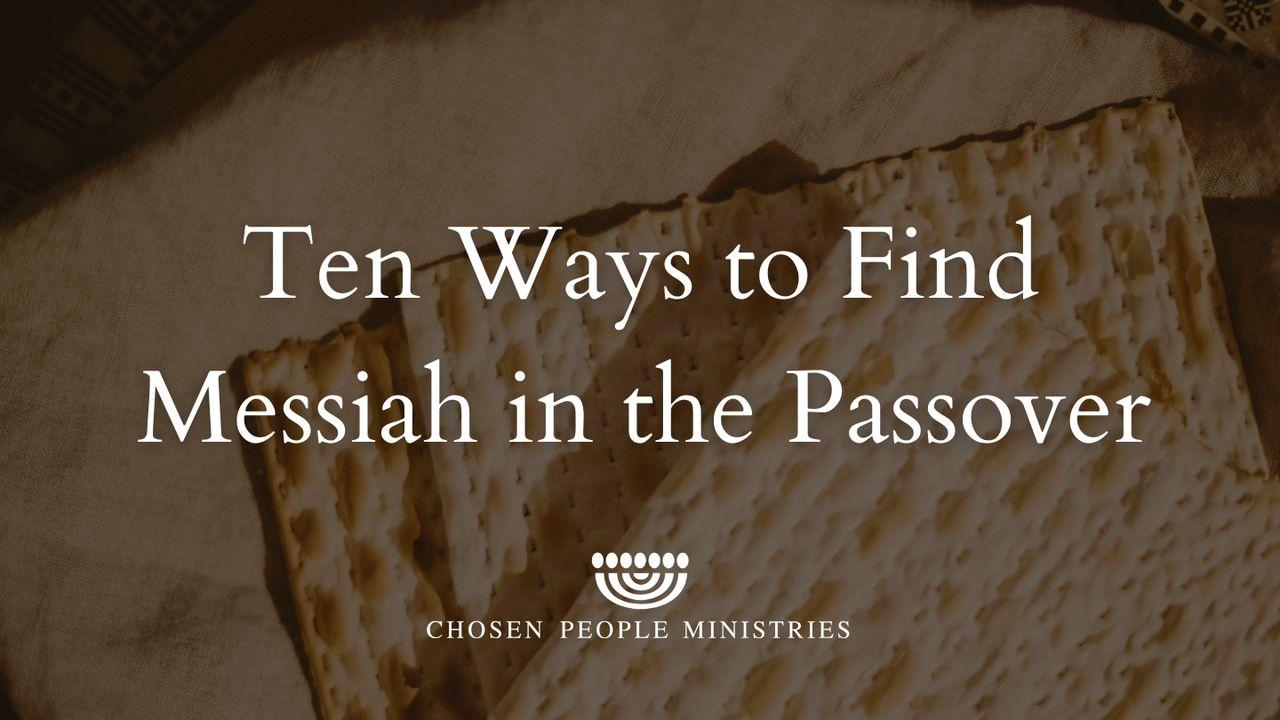Ten Ways to Find Messiah in the Passoverનમૂનો

The Messiah Is God in the Flesh
One of the most striking messianic parallels in the Passover is the matzah tash. This special pouch contains three distinct pockets. During the Seder, a piece of matzah goes in each compartment. The last item the participants eat, the afikomen, always comes from matzah in the middle section. It is unclear why or how this tradition developed. Still, some scholars propose that it began among early Messianic Jewish communities. Then, after the destruction of the Temple by the Romans in AD 70, the broader Jewish world adopted the practice.
Whatever the history of the matzah tash, this part of the Seder can symbolize Messiah’s deity and God’s triune nature. The single pouch shows that God is one (Deuteronomy 6:4). Three pockets represent three distinct persons who are God: Father, Son, and Holy Spirit (Matthew 28:19). The afikomen, which can symbolize Jesus in many ways, is from the matzah in the second compartment. This tradition illustrates that the Son, the second person of these three, became a human being. The matzah tash reminds us that Jesus is not merely a prophet or a great teacher—He is God in the flesh.
About this Plan

Of all the ways the Old Testament points to Jesus, the Passover is one of the strongest examples. In this plan, you will discover how Jesus is the Passover Lamb who came into this world to atone for our sins.
More
સંબંધિત યોજનાઓ

Spirit + Bride

God's Purposes in Motherhood

Extraordinary Christmas: 25-Day Advent Devotional

I Am Happy: Finding Joy in Who God Says I Am

Small Wonder: A Christmas Devotional Journey

Bible in a Year Through Song

REDEEM: A Journey of Healing Through Divorce and Addiction

Romans: Faith That Changes Everything

Connect With God Through Remembrance | 7-Day Devotional
